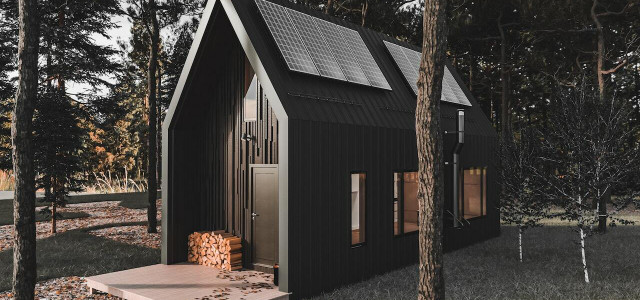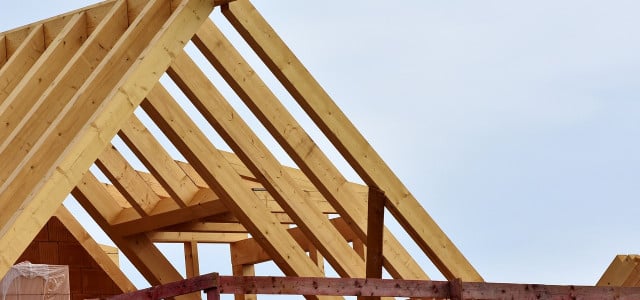Eco-friendly housing is becoming increasingly popular as people begin to move away from traditional building methods and materials. We’ll explore six different types.
Eco-friendly housing is designed with the environment in mind, meaning that it is either built or modified to use less energy, water, and natural resources. This type of housing is appearing more and more as countries strive to lower their emissions and reduce air pollution.
What makes a house eco-friendly? Generally speaking, eco-friendly housing is made of non-toxic materials, is energy-efficient, is constructed using as little waste as possible, and is built with respect to the environment around it. During the construction process, these types of houses aim to produce the least amount of pollutants — by using upcycling materials, for example. Many houses also look to incorporate renewable energy sources and water supply systems.
We’ll take a closer look at some examples of eco-friendly housing, although none of these options are without their flaws. You may be inspired by some of the unique options available.
1. Eco-Friendly Housing: Earthship Homes
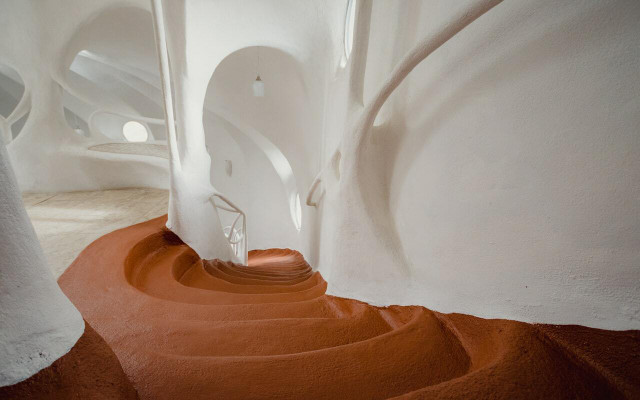
Earthship homes are a unique type of eco-friendly housing as they seem otherworldly. They are constructed to best utilize the available natural resources, particularly when it comes to solar energy and rainwater. These homes are built for completely off-grid living and are said to be self-sustaining.
The downsides with Earthship homes include how difficult they are to build, and their heavy reliance on concrete for construction. Concrete production contributes significantly to global greenhouse gases and actually ends up sucking oxygen in. As they are a special type of accommodation, there is limited resale value.
2. Green Roof Homes
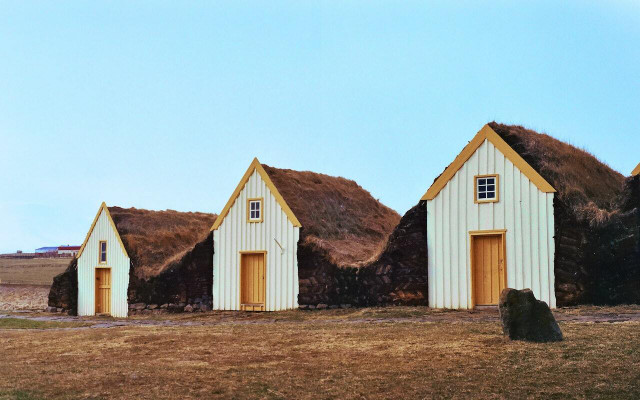


Green roofs are not a new concept — sod roofs were commonplace in Viking towns and throughout Europe in the Middle Ages. The practice has became less and less common, but has seen a resurgence in popularity in recent years.
If you’re looking to implement a green roof on your home, you should be aware that they require extra maintenance and can be expensive. This style of roof should be treated more like a garden than a traditional roof. It also requires much more structural support than a conventional roof. This is due to the increased weight load of the plant life and soil. Flat-roofed buildings are ideal for this green feature.
That being said, there are so many benefits to this type of eco-friendly housing feature. Not only will you be supporting wildlife habitats and improving air quality, you may also increase the lifespan of your roof since the plants will protect it from all sorts of external elements. Green roofs are also said to boost thermal performance. The plants absorb the sun’s rays, meaning there is less need for air conditioning, and they can help lock the heat inside during the winter.
3. Prefabricated Homes
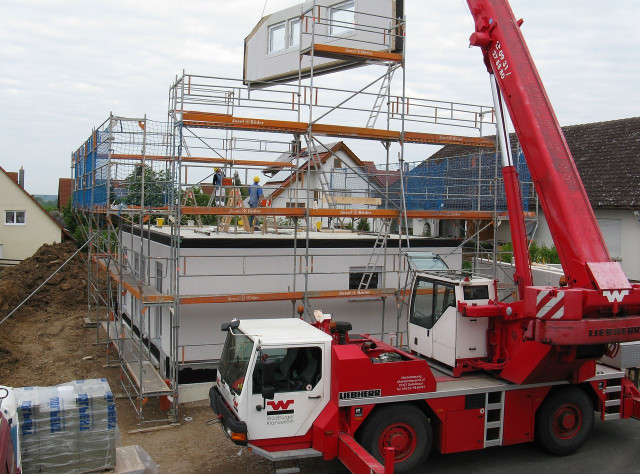


Prefabricated homes are the most mainstream of eco-friendly housing options. This is because they can be much more affordable than traditional housing, are quick to build, and enable a drastic reduction in material waste during construction. Many prefab homes are built with energy efficiency in mind.
However, there are some definite downsides to this type of home. There are typically limited floor plans to choose from with few options for personalization. You also need to be in possession of a sizable piece of land in order to facilitate the larger versions of these homes, and transport/assembly costs can be very high depending on where you’re located. There can also be the issue of hidden costs like utility hookups.
4. Eco-Friendly Housing: Container Homes
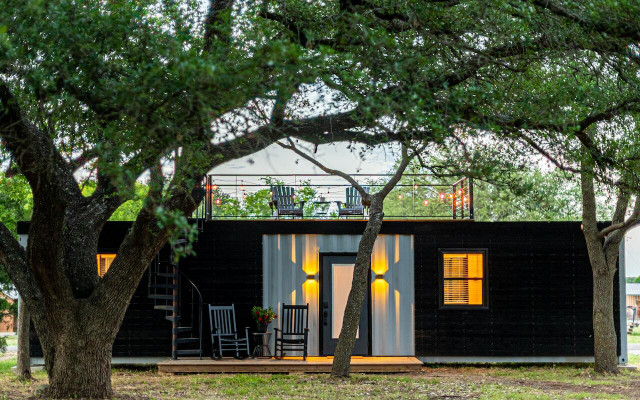


Container homes have been making a splash as a form of eco-friendly housing, as more and more people are looking to lower the cost of construction while still customizing their homes. Made out of decommissioned shipping containers, this type of home is relatively quick and easy to build, and is strong and durable. They also help save on new building materials as old containers can be upcycled for work on walls, floors, and ceilings.
There are a few drawbacks, including the need for a specific building permit which can be difficult to get depending on where you live. Shipping containers were designed for shipping goods, not human habitation, so the containers may contain toxic paints or were used to ship toxic goods. It pays to do your research before purchasing your own. Another thing to watch out for is the insulation — this type of eco-friendly housing needs to be properly insulated to avoid a high internal temperature.
5. Zero Carbon Homes
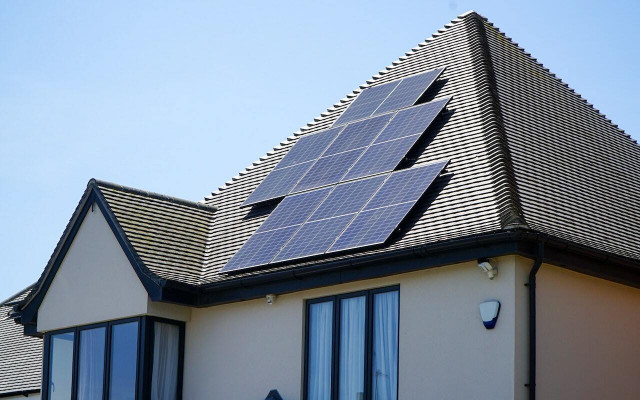


Zero carbon homes are a type of eco-friendly housing that adds no additional carbon to the environment. In order for this to be possible, renewable techologies are used to offset the CO2 produced from regular energy use. This style of home comes with a host of benefits.
They are designed with many windows to allow as much natural light as possible in, which eases reliance on electricity for lighting. Most zero carbon homes also have high quality air filtration systems which help alleviate dust and moisture, meaning they are lower maintenance than conventional housing. The use of renewable energy technologies such as solar energy and different types of heat pumps may also result in lower energy bills.
A higher initial cost is one of the main disadvantages of this type of housing, though the investment should pay off in the long run. Zero carbon homes often have a higher resale value than conventional housing. Depending on the types of renewable energy you choose to use, weather can play a large factor in the output when you are relying on solar, rain and wind energies.
6. Eco-Friendly Housing: Earth-Sheltered Homes



There are two main types of earth-sheltered homes that exist in the United States: underground and bermed. Underground homes are built below grade or completely underground, and may use features like atriums to create an open vibe. Bermed houses, on the other hand, are built above grade or partially below.
The initial cost of building an earth-sheltered home can be higher than conventional housing, though it should pay off long-term in heating and energy costs. When building an earth-sheltered home, it’s crucial to ensure it’s tightly sealed and well-designed to avoid catastrophic damage from improper moisture levels. The resale value of these homes is also mixed as many people find them to be a bit too unusual.
The benefits of earth-sheltered homes include the way they blend into the surrounding area, and their cost-effectiveness when it comes to heating and cooling. Bermed houses are often positioned so the front of the house is faced south to make the most of the light and heat from the sun. This type of eco-friendly housing often costs less to insure because they are less susceptible to damage from natural disasters. The surrounding earth also helps to provide soundproofing.
Read more:
- Geodesic Dome House: What Is It — And What For?
- Renewable Energy Certificate: How ‘Green’ Are They, Really?
- The Advantages and Disadvantages of Solar Energy
Do you like this post?






